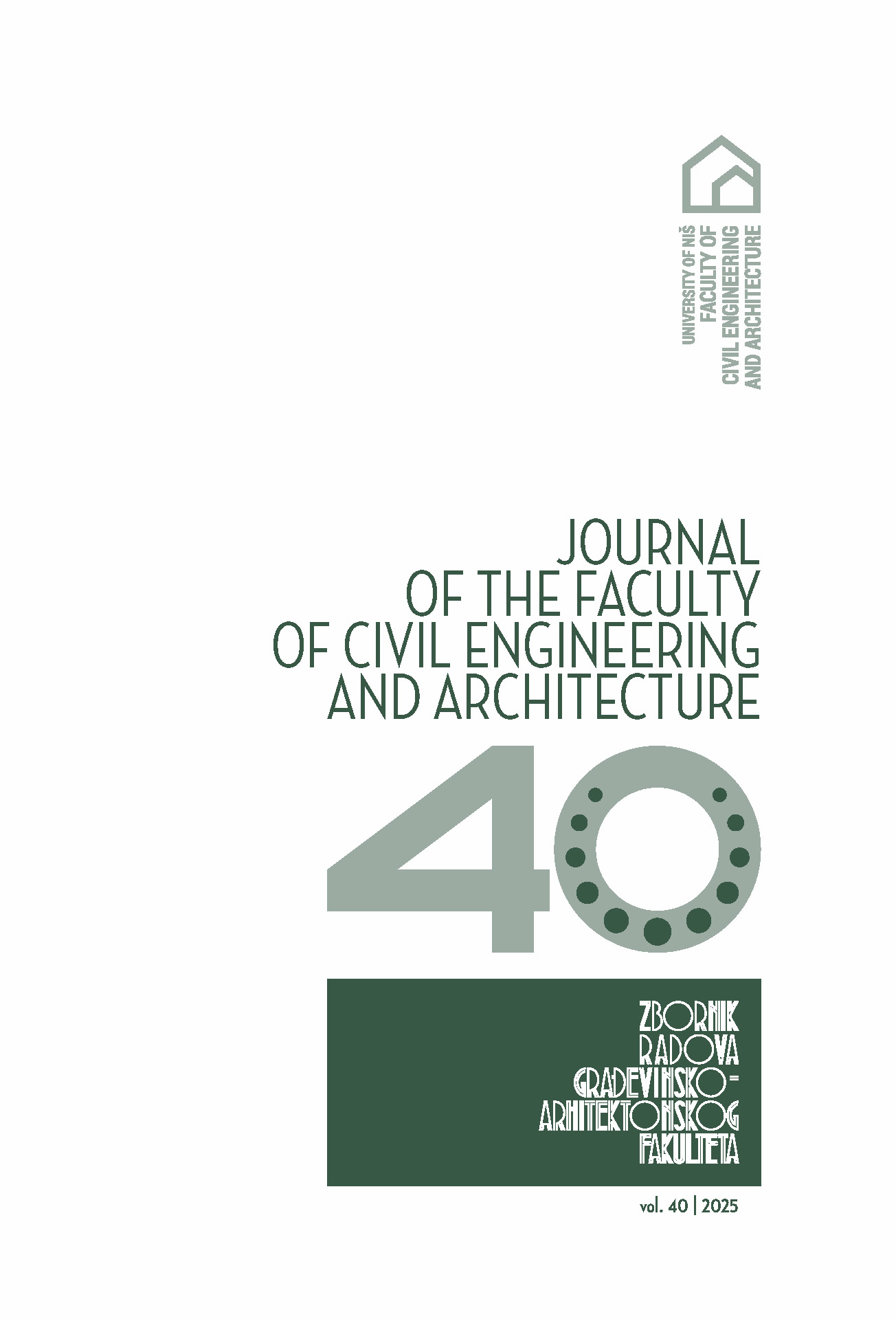University of Nis , Niš , Serbia
University of Nis , Niš , Serbia
University of Nis , Niš , Serbia
University of Nis , Niš , Serbia
In civil engineering, high-profile sheets (HPS) are widely used. They are used as loadbearing elements in a system of stacked roofs, for covering large-span structures or as permanent formwork when casting concrete slabs. Determining the load-bearing capacity of these elements is a complex task, and designers take this data from the manufacturer's catalog. Data on the load-bearing capacity are usually given depending on the serviceability limit state (SLS), without special consideration of the support conditions. For these reasons, this paper presents an in detail methodology for determining the load-bearing capacity of a standard type of HPS, using an experimental method. The research was carried out on a sheet panel with a span of 6000 mm of a simple beam static system. The length of the support on the purlin was 200 mm and it was secured with eight bolts. The load to failure test was conducted according to the SRPS U.M1.047 standard using the method of applying an equally distributed gravitational load. The experimentally obtained results were compared with the catalog values provided by the manufacturers. The test showed that the applied support conditions (length of contact with the purlin, number and arrangement of connecting means in the connection) have a positive effect on increasing the load-bearing capacity and cost-effectiveness of the HPS.

The statements, opinions and data contained in the journal are solely those of the individual authors and contributors and not of the publisher and the editor(s). We stay neutral with regard to jurisdictional claims in published maps and institutional affiliations.